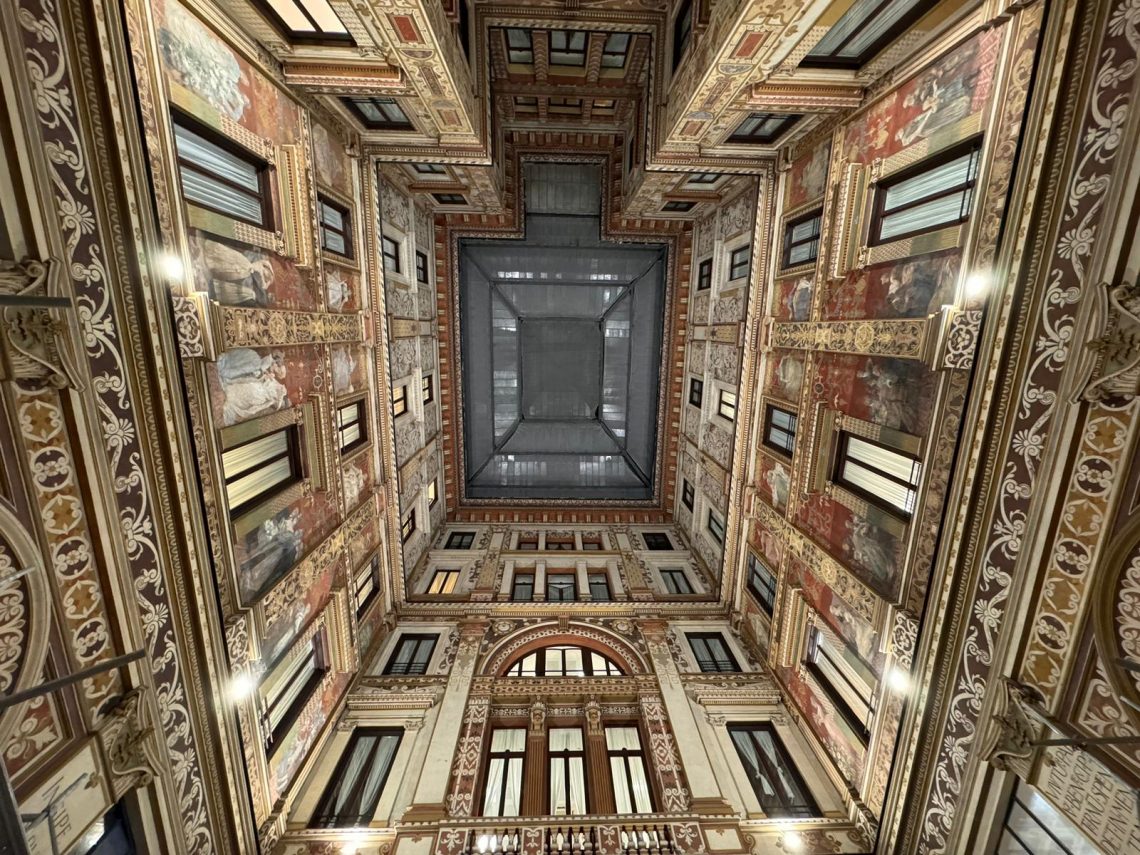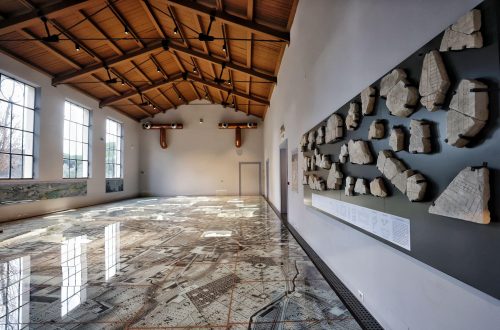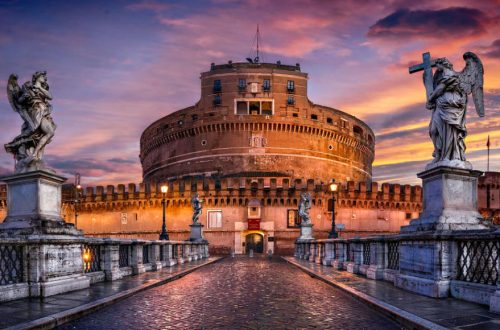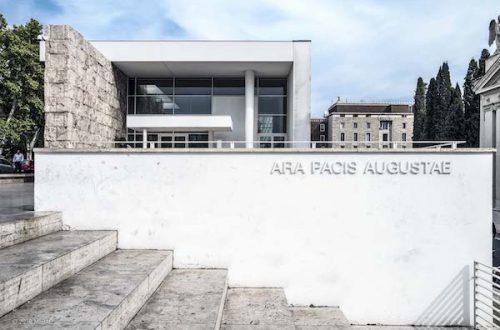
GALLERIA SCIARRA
After the proclamation of Rome as the Capital of Italy, a period of transformation and modernization of the city began.
Among the areas affected by the reorganization was that which included the entire sixteenth-century complex between Via del Corso, Via Marco Minghetti and Via delle Vergini, a few steps from the Trevi Fountain. The project involved the construction of a covered pedestrian passage that connected all the spaces in which the various activities of the owner of the area, Prince Maffeo Barberini-Colonna di Sciarra, deputy of the Kingdom of Italy and editorialist of La Tribuna and of the famous literary magazine La Cronaca Bizantina, directed by Gabriele D’Annunzio.
At the end of the works it was possible to admire one of the most prestigious courtyards of post-unification Rome, a true jewel of Roman liberty set in the imposing Palazzo Sciarra Colonna di Carbognano, built between the sixteenth and seventeenth centuries. The palace has, among other things, one of the most beautiful entrance doors in the city, known for being one of the four “wonders of Rome”. The other three were: the “dice”, referring to the square shape of Palazzo Farnese; the “cembalo”, shaped like Palazzo Borghese; the “scala”, or the monumental staircase of Palazzo Ruspoli with its 120 individual marble blocks.
The execution of the project was entrusted to Giulio De Angelis, the most singular, innovative and restless of the Roman architects of his time, already known for the construction of the Rinascente palace.
Fascinated by the English Art Nouveau style, De Angelis designed a square-plan structure enclosed by an iron and glass vault, cast iron columns that marked the access to the passages between Via Minghetti and the Oratory square and references to classicism in the architecture and wall decorations.
The central body was painted between 1885 and 1888 by Giuseppe Cellini in encaustic, a technique which involves the use of pigments mixed with Punic wax. The decoration was based on an iconographic project by the literary critic Giulio Salvadori and was expressed with Liberty motifs, between Etruscan and Roman reminiscences.
The dominant theme was the celebration of women in the roles of angel of the hearth, as wife and mother in the bourgeois vision of late nineteenth-century society. In the upper part of the passage the Virtues appear, surmounted by a scroll that identifies them: The Modest, The Sober, The Strong, The Humble, The Prudent, The Patient; on the opposite side, The Benign, The Lady, The Lovely, The Faithful, The Merciful. In the lower band, the scenes of the bourgeois life of the time with, on one side, the care of the garden, the conversation, the domestic lunch, the musical entertainment, the exhortation of charity; on the other, The gallant conversation, which portrays Gabriele D’Annunzio himself, The toilet, The marriage and The care of children.
The decorations, which particularly highlight the Prince’s mother, Donna Carolina Barberini Colonna di Sciarra, feature the initials of Princess CCS several times alternating with those of her son, MS.
The works ended in 1888.
The substantial restoration to which the Gallery was subjected in the 1970s saw the emptying of the entire structure which was consolidated by filling with reinforced concrete. All external decorations were carefully preserved.
![]()




